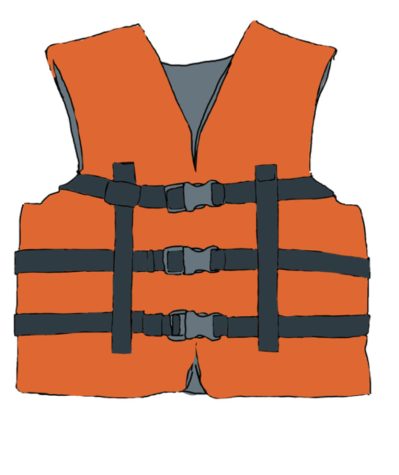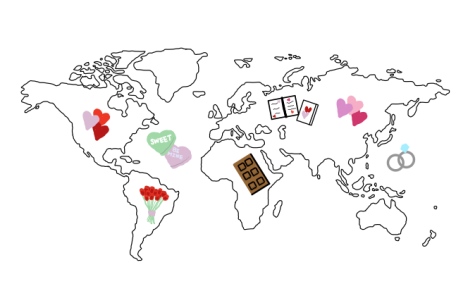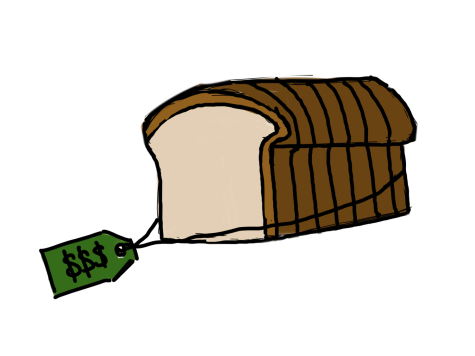Life’s an oyster, but how is theirs?
With the pressing issue of shell reefs finding themselves in ruin around the world, North Carolina State University hopes to revolutionize their idea of attaching underwater microphones to oysters to better understand the extensive array of animals living in the state’s oyster habitat.
North Carolina State University Ph.D. student Olivia Caretti launched her relatively new method of monitoring sea life in early September with underwater microphones, known as hydrophones, which aim to help the oyster population in the Pamlico Sound rehabilitate after countless years of destruction from cargo ships traveling along the coast.
“I think it’s a good thing that they’re researching this topic because we still have a lot of endangered species and doing this now will help prevent issues in the future,” said senior and science club member Colleen McMahon.
These non-invasive hydrophones are constructed of a synthetic, recycled plastic material, and are approved by the North Carolina Department of Environmental Safety. The hydrophones monitor marine life near the oyster’s habitat to gather data in order to properly approach the task of rebuilding their numbers. The fisheries division has the knowledge that this reef program is beneficial for North Carolina’s $2.4 million oyster industry, but the outcome is still unclear as to what the impact of these reefs are going to be regarding increasing biodiversity.
“Seeing that the FDA has approved the material of these microphones, and research has been done on the possible impact these devices would have, gathering information about the surrounding sea life would be beneficial,” said science teacher Mr. Neil Flink. “With that being said, it is important to collect data from multiple sources to ensure no further damage is done.”
Laws are now being proposed in several East Coast states regarding environmental preservation laws such as the prohibition of straws and plastic utensils, both of which pose a threat to reef life. These preventive laws are expected to reach all 50 states by the year 2023, including Saint Viator. New laws are targeted to provide a common level of environmental stability throughout the United States.
Your donation will support the student journalists of Saint Viator High School. Your contribution will allow us to purchase equipment and cover our annual website hosting costs.








